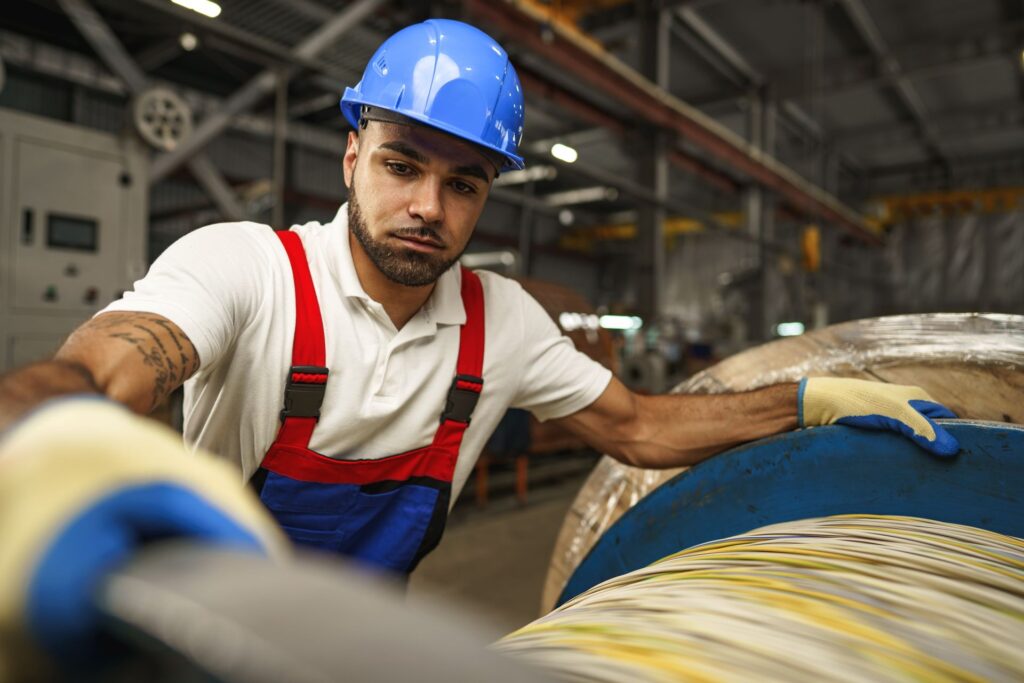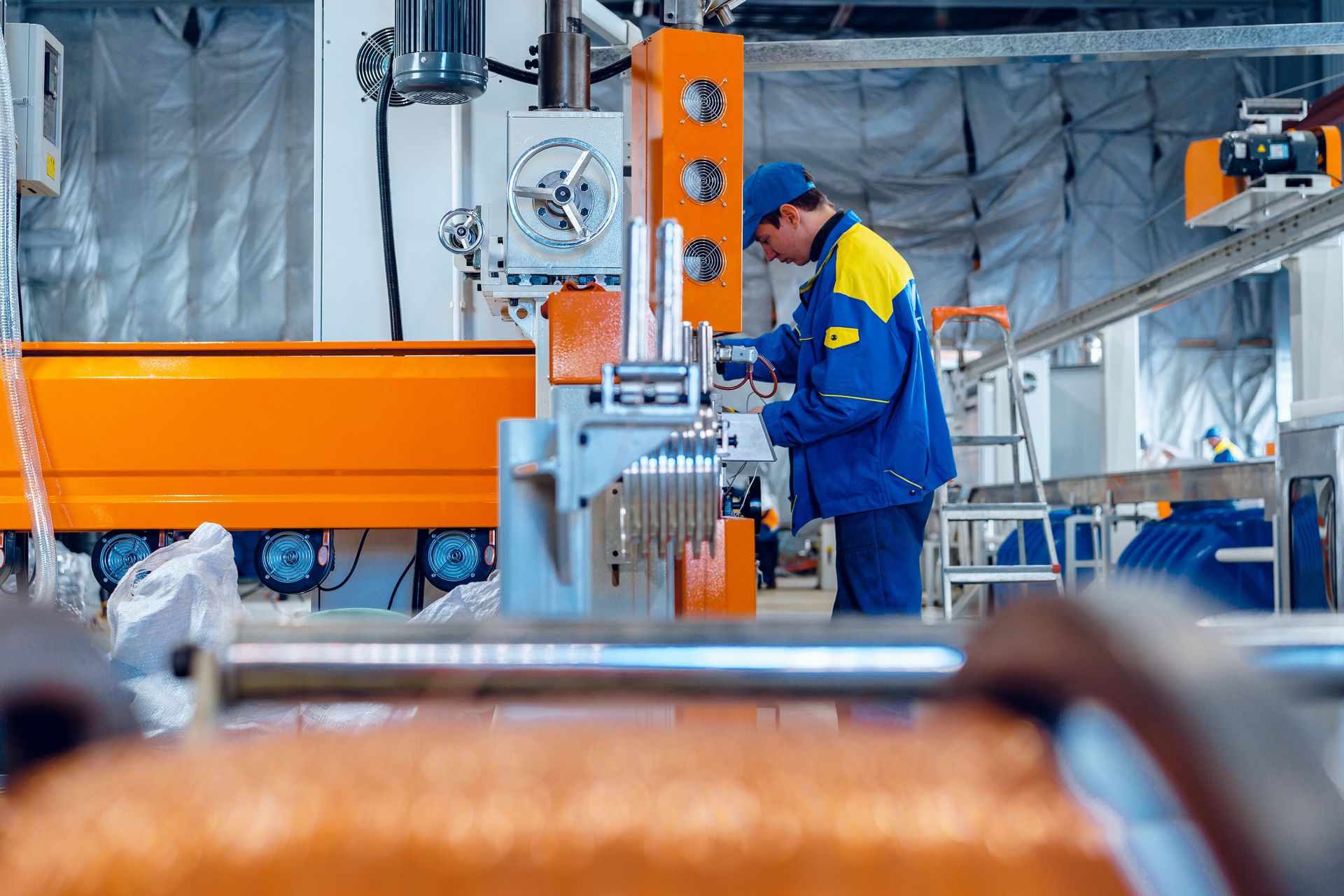Drag chain cables hold industrial cables and hoses together and allow better movement of machinery. Drag cables come in many sizes and lengths to fit different machinery and industrial needs. High speeds and rapid accelerations are not a problem. Heavy-duty steel carriers or drag chains can be used in steel mills, construction projects, drilling industries, and more.
What Are Drag Chain Cables?
Drag chains are used to protect cables that may be connected to continuously moving parts of machines or equipment. The purpose of a drag chain is to limit the bending radius of the cable and prevent it from being undershot. There are different drag chain cable designs and materials depending on the use it will be put to.
Drag chains are heavy-duty steel carriers often used in steel mills, as part of construction equipment, and in the oil and gas industry drilling equipment. They provide added box strength and handle vibrations during machinery operation. They also guide and protect hoses.

Drag chains are also called energy chains or cable carriers. They are essentially simple guides used for covering and guiding different types of cables and hoses. Drag chain cables prevent damage to hoses and cables and keep them from tangling.
How Long Have Drag Chains Been Around?
Drag chains began being used in the 1950s and were made of metals. The early designs were made of metal such as steel with different configurations that allowed them to be added to many types of pneumatic and hydraulic hose designs. Their addition increased the efficiency of hoses in automated machinery.
Industry improvements and advances have added chains made of polypropylene and other flexible plastics in addition to the original metal materials. These new materials allow more flexibility while still protecting the hoses. Heavy-duty and high-speed applications still require steel.
What Are Uses For Drag Chain Cables?
Drag chain cables are used in many industries on many types of machinery. These chains can protect all types of hoses while leaving them somewhat flexible and preventing them from cracking. The chains also protect the operator from injury should a hose collapse or break.
Drag conveyor chains can be used in automated car washes, cranes, drilling equipment, forklifts, and construction tools. Drag chains will be helpful in any setting where cables or hoses are used and where the flow of gases, liquids, or electrical currents must continue.
Selecting the Correct Cable Carriers
Selecting the right cable carrier for each job is important for successful operation. Following a few guidelines will help with cable carrier selection.
- Does the cable carrier need to be open or closed?
- What are the details of the application?
- What are the sizes and weights of the cables?
- What is the needed speed and acceleration?
- How many cables or hoses are there?
- What are the environmental conditions? This can include exposure to heat and chemicals.
- What are the bend radii? What are the manufacturer’s suggested minimum and maximum bend radii?
- What are the space restrictions?
Being careful to choose the correct cable carriers will make a successful application more likely. A successful choice of this important machine part will help the cables and hoses that are covered last longer and work more efficiently and safely.








